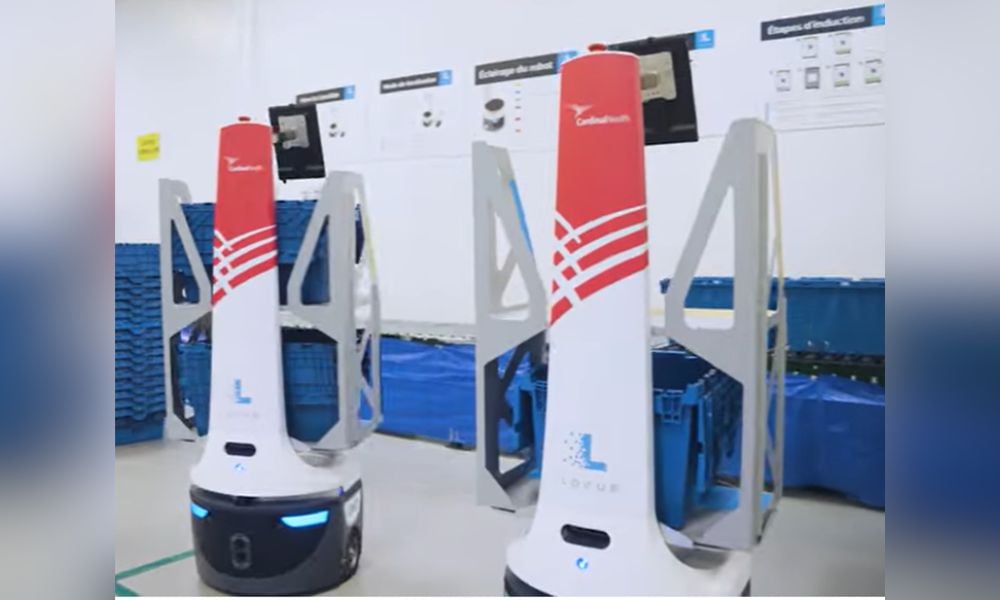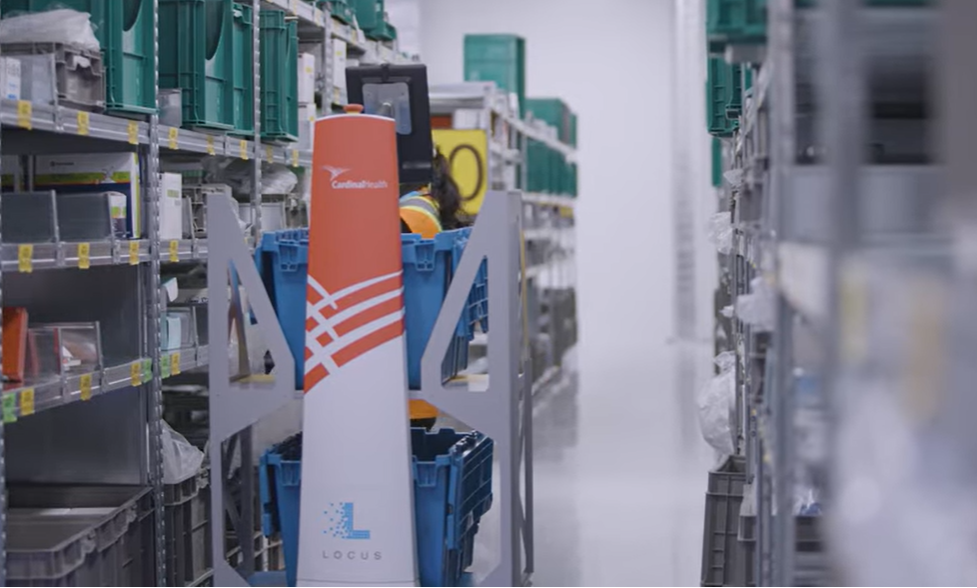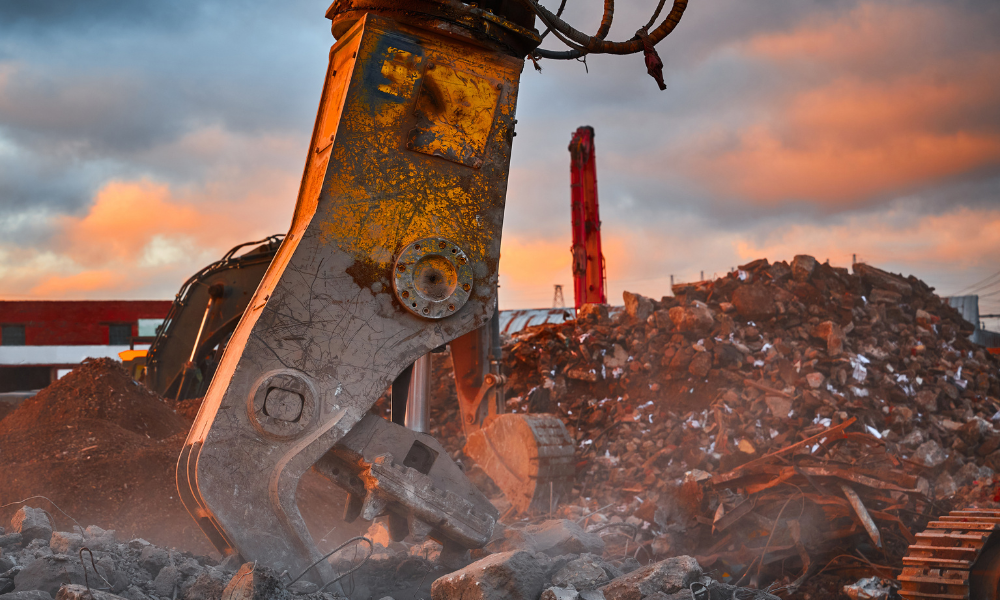Cardinal Health Canada using 80 autonomous robots at distribution centre

In a groundbreaking move to improve efficiency and employee safety, Cardinal Health Canada has introduced 80 autonomous mobile robots at their new 165,000-square-foot distribution centre in Vaughan, Ontario. This facility, dedicated to the company’s ValueLink® logistics service, is revolutionizing how healthcare products are distributed across Canada.
“Our facility is less about the scale itself but more about what it does with that scale. It's intended to really be an extension of a hospital,” explains Russell Schuster, president of Cardinal Health Canada.
The distribution centre breaks down large orders into unit-specific deliveries, providing hospitals with exactly what they need daily. This complexity and precision require innovative solutions, making the implementation of robotics a natural fit.
The integration of robots not only improves operational efficiency but significantly enhances worker safety. “The biggest piece here is the ergonomic element,” Schuster notes. Traditionally, employees had to manually push heavy carts around the warehouse, a task that often led to repetitive motion injuries. By contrast, the robots take on the heavy lifting, allowing employees to focus on more value-added tasks.

These robots are pre-programmed and operate via a cloud system, knowing the exact location of each product in the warehouse. They receive orders remotely and navigate to the appropriate locations, where employees meet them to pick the required items. “On the screen of that robot is a photo of the exact product they’re looking for, as well as the shelf location and the number of items they need to select,” Schuster details. This system not only streamlines the picking process but also minimizes human error.
Schuster says this technological advancement transforms the employees' roles, making them experts in specific products rather than just manual labourers. “Where you and I may use a computer as our main tool to get work done, these employees are actually leveraging autonomous mobile robots as their partners to get their work done,” he says. This shift not only boosts job satisfaction but also enhances safety by reducing the physical demands placed on employees.
The implementation of these robots also creates a safer and more organized warehouse environment. “It eliminates a lot of the chaos that happens on the floor of a warehouse,” says Schuster. By reducing the need for manual handling of heavy carts and minimizing interactions with larger equipment like forklifts, the facility has significantly lowered the risk of workplace accidents.
For other manufacturing and supply chain companies, Schuster offers valuable advice: “The traditional thinking of robotics or automation taking away jobs is probably holding us back. There’s a lot of efficiency and effectiveness, and it improves the employee experience.” He urges industry leaders to reexamine their preconceptions about automation, highlighting the dual benefits of better business outcomes and improved employee satisfaction.
As Cardinal Health Canada continues to evolve, the integration of robotics in their distribution centres stand as a testament to their commitment to innovation and safety. “Implementing this automation really helps to build trust and confidence in our customers because they’re seeing that investment,” Schuster notes. “It also makes our employees more excited. It gives us the ability to hire and bring folks on faster.”
In a world where efficiency and safety are paramount, Cardinal Health Canada’s pioneering use of robotics demonstrates the promise of better outcomes for both employees and the healthcare system they serve.





